Type 2 diabetes is one of the most widespread conditions on the planet. But while more than 500 million people are living with Type 2 diabetes, doctors still know very little about how the disease is contracted.
A recent study conducted by researchers at Case Western Reserve University shows that there could be one specific reason why people develop Type 2 diabetes. If they’re right, there may be a simple treatment for the debilitating disease.
How Does Type 2 Diabetes Affect the Body?

While you’ve likely heard of Type 2 diabetes, you may not fully understand how this disease affects the body.
Type 2 diabetes occurs either when the pancreas can’t produce sufficient insulin to control blood glucose levels or when the cells in the body don’t respond as they should when glucose is produced.
What Causes Type 2 Diabetes?
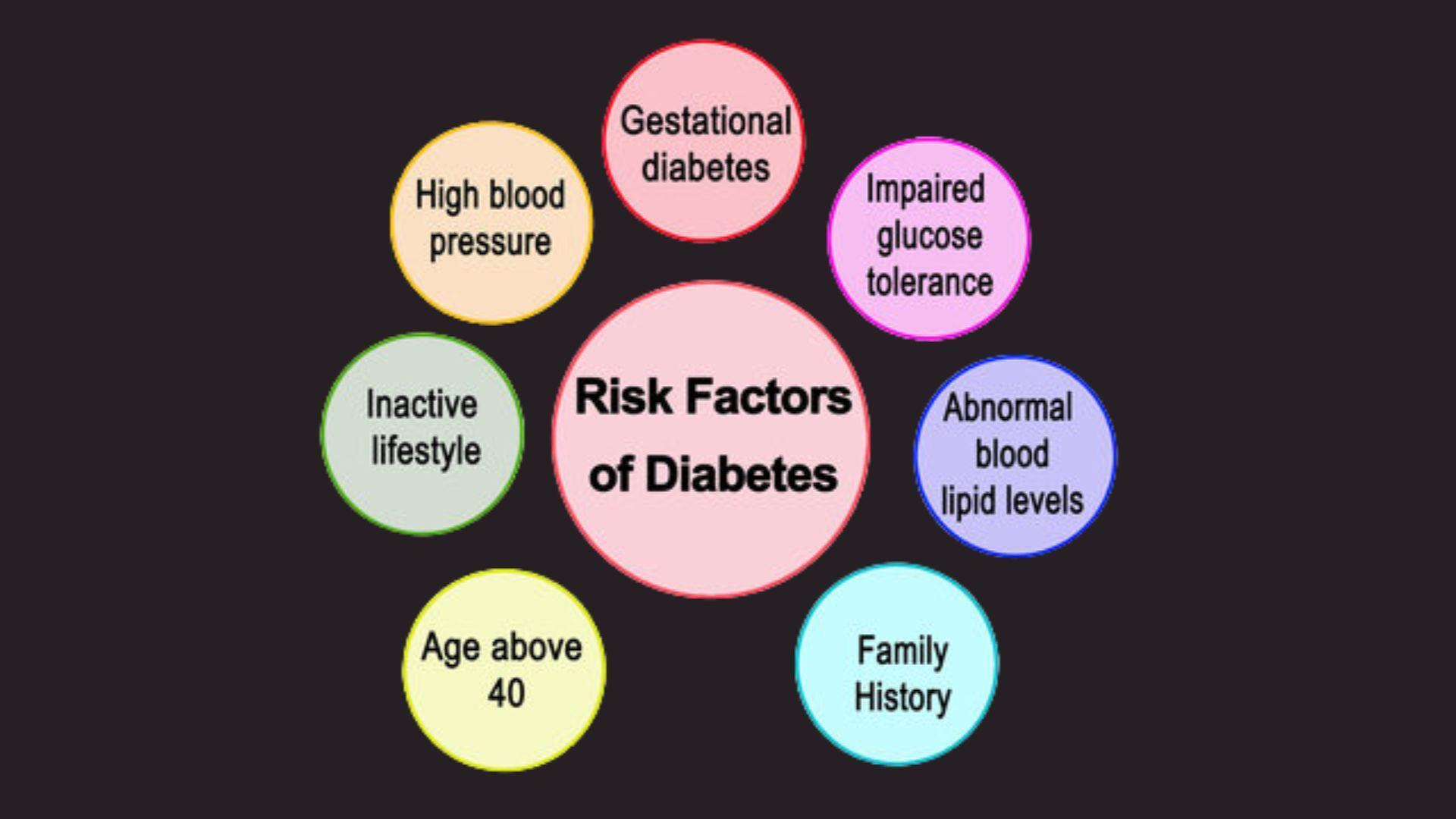
Doctors understand that several factors can contribute to the development of diabetes, including but limited to family history, obesity, age, heart disease, high blood pressure, and lifestyle choices.
However, they don’t know why the body stops regulating insulin levels and responding correctly to glucose production. So, while they have found ways to treat the disease, they still don’t know how to stop it.
Dr. Jonathan Stamler May Have Solved the Mystery of Type 2 Diabetes
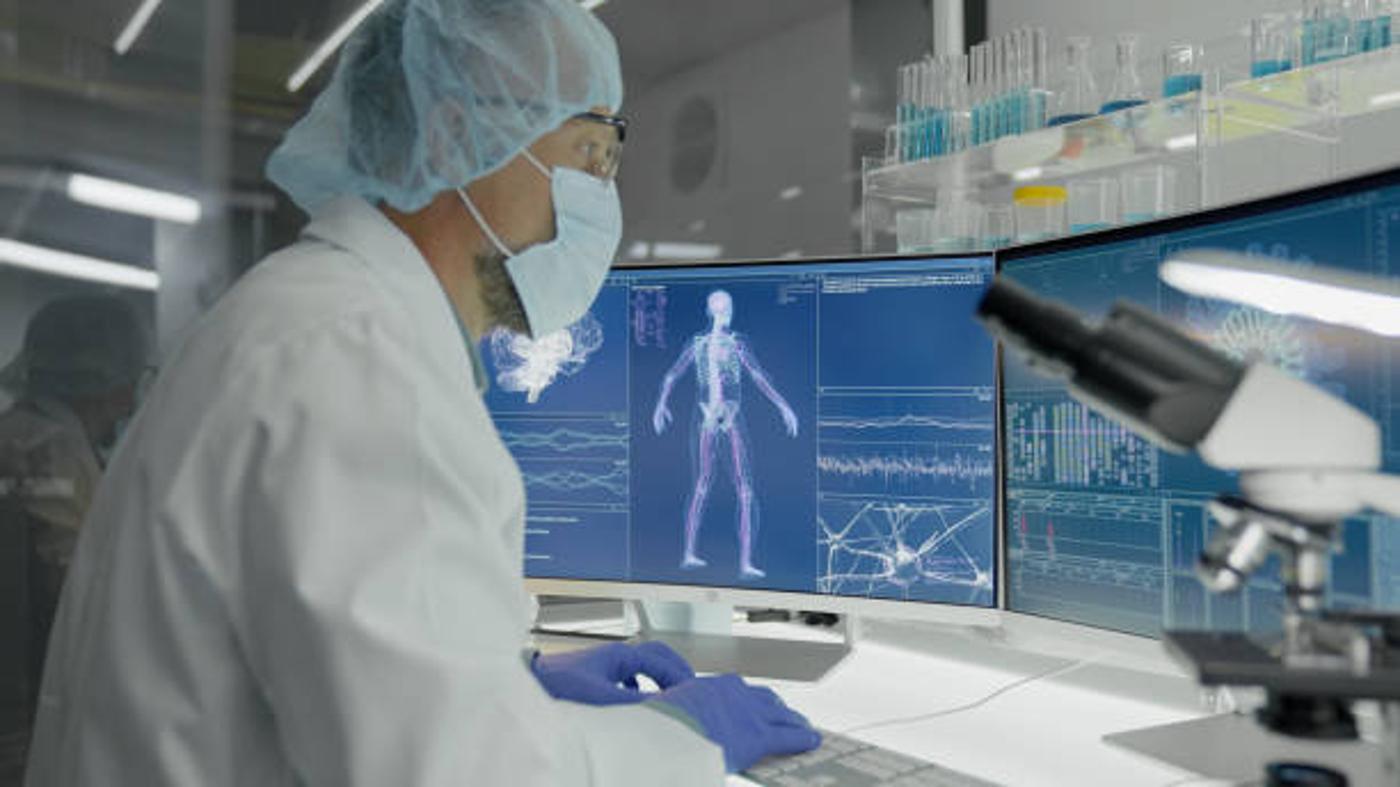
Dr. Johnathan Stamler is the president of the Harrington Discovery Institute in Cleveland, Ohio. An internationally acclaimed physician and scientist, Dr. Stamlet is best known for discovering the protein S-nitrosylation in 1992.
And it was this significant discovery that led Dr. Stamler to his initial hypothesis that S-nitrosylation could be at least one of the problems leading millions to develop Type 2 diabetes.
What Is S-nitrosylation?
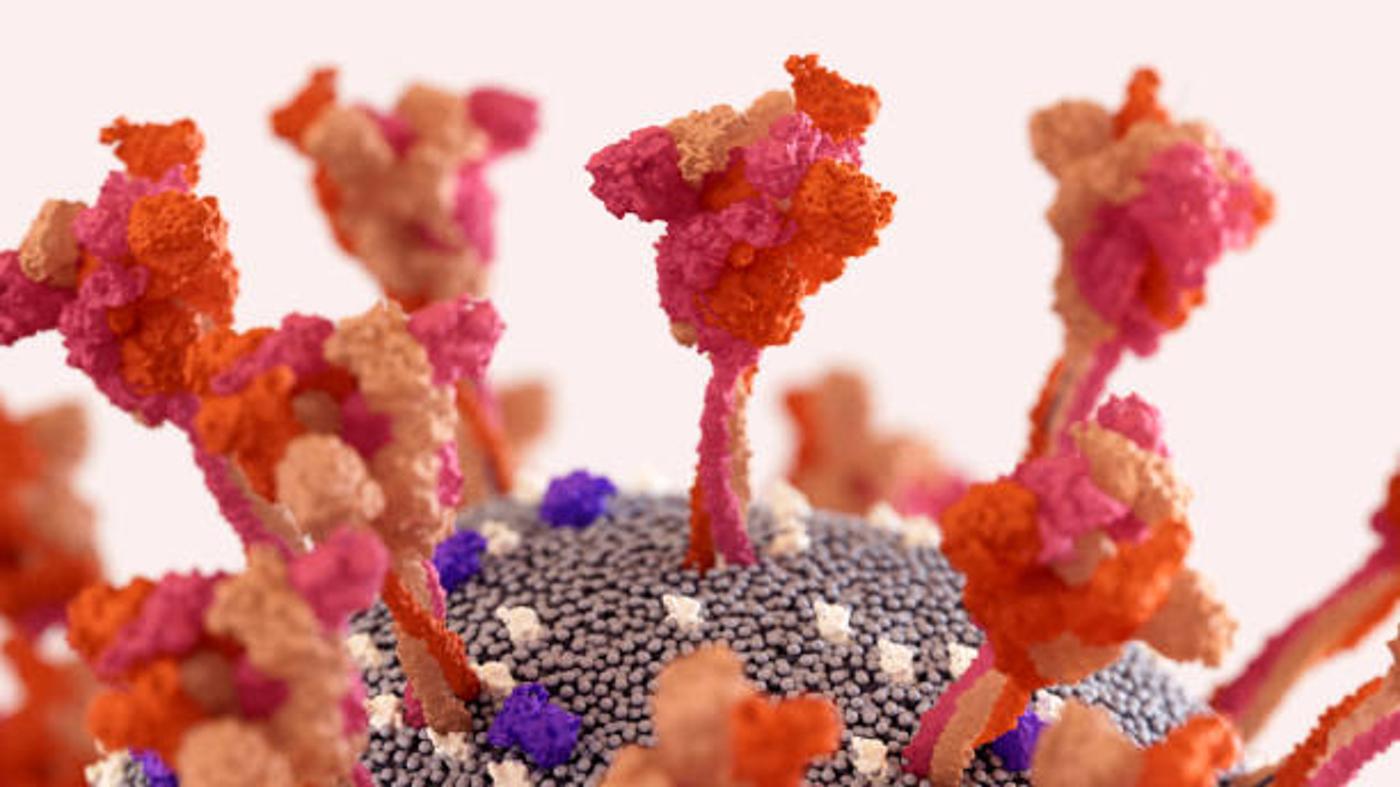
Before grasping how this discovery could help doctors treat and maybe even prevent Type 2 diabetes, it’s crucial to understand S-nitrosylation.
In the simplest of terms, S-nitrosylation is a process that turns nitric oxide (NO) into a messenger between cells. Dr. Stamler realized that “S-nitrosylation is controlled enzymatically and that it regulates widespread physiology, including functions of the heart, skeletal muscle, and airways.”
S-Nitrosylation Affects Every Part of the Body
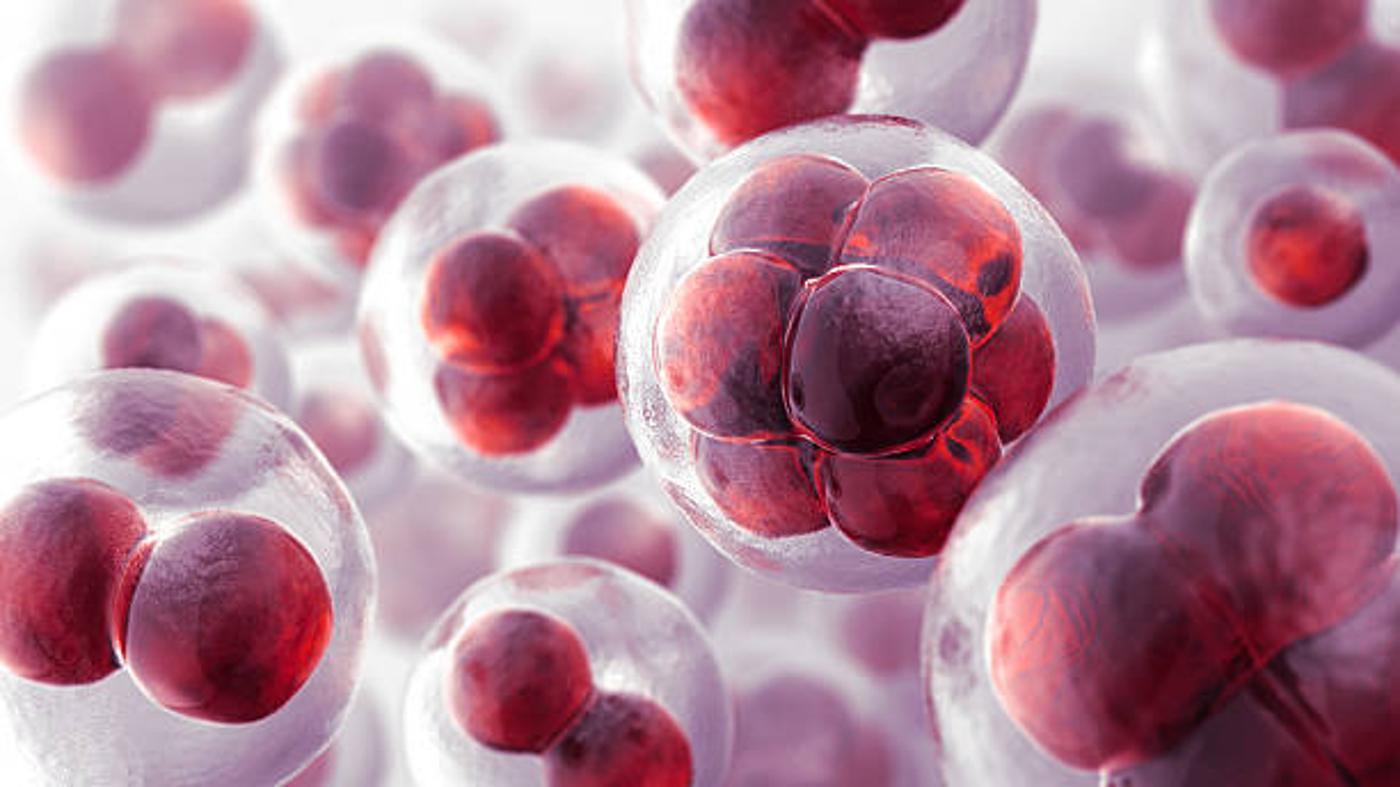
In other words, S-nitrosylation affects every cell in the body because nitric oxide is present in almost all cell tissues. When properly regulated, protein S-nitrosylation ensures the immune and nervous systems have the correct amount of nitric oxide to function.
However, Dr. Stamler found that the dysregulation of S-nitrosylation directly correlated to several health conditions, including Parkinson’s disease, sickle cell disease, multiple sclerosis, and asthma.
Dr. Stamler Suspected Dysregulated NO Could Affect the Metabolism
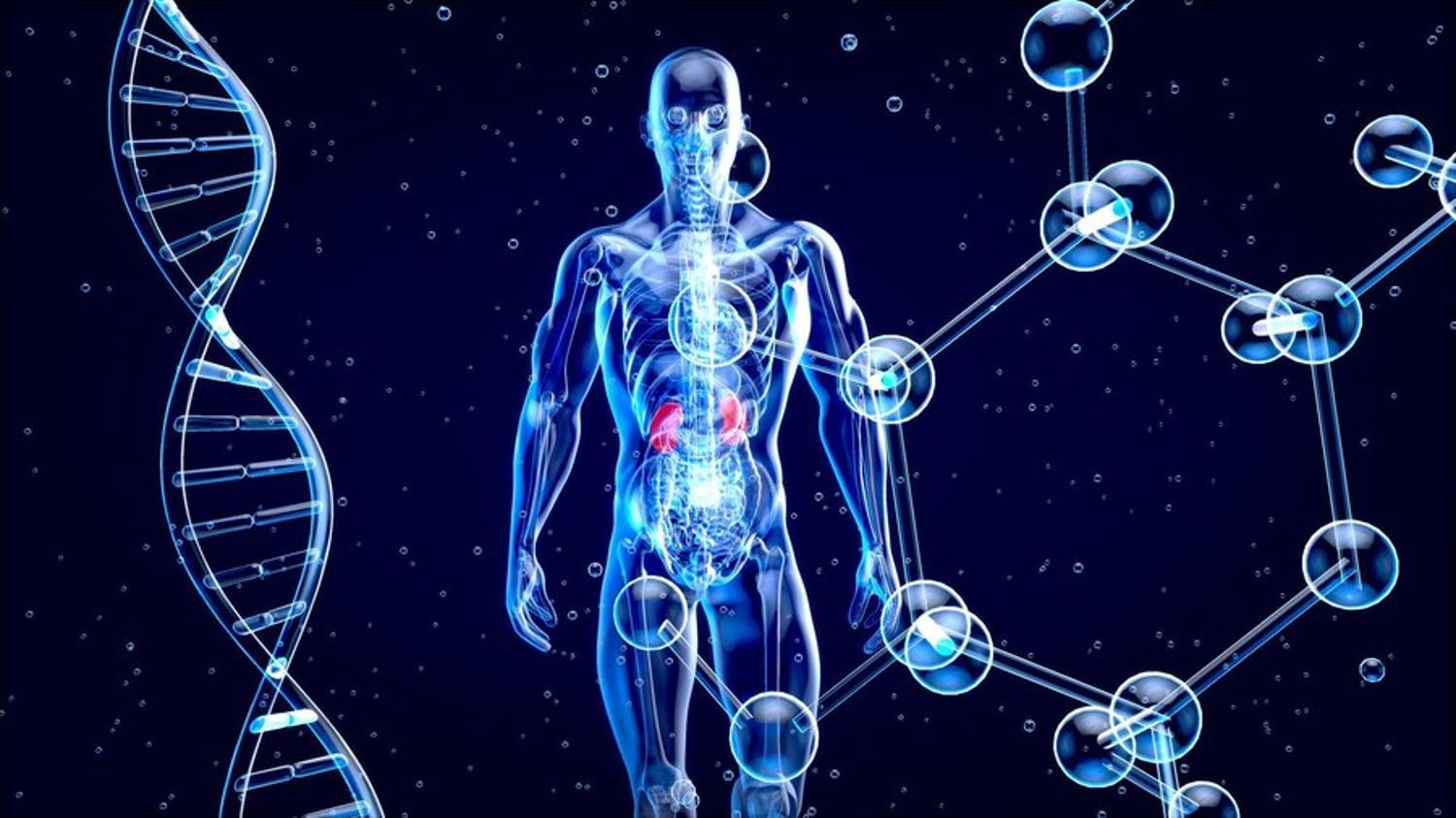
Even though it quickly became common knowledge throughout the medical field that NO and the dysregulation of S-nitrosylation were clearly associated with several conditions, no one linked this problem with the metabolism or pancreas function.
But Dr. Stamler was curious; he wondered if the importance of NO and the proteins he discovered were, in fact, a cause of Type 2 diabetes.
Putting His Theory to the Test
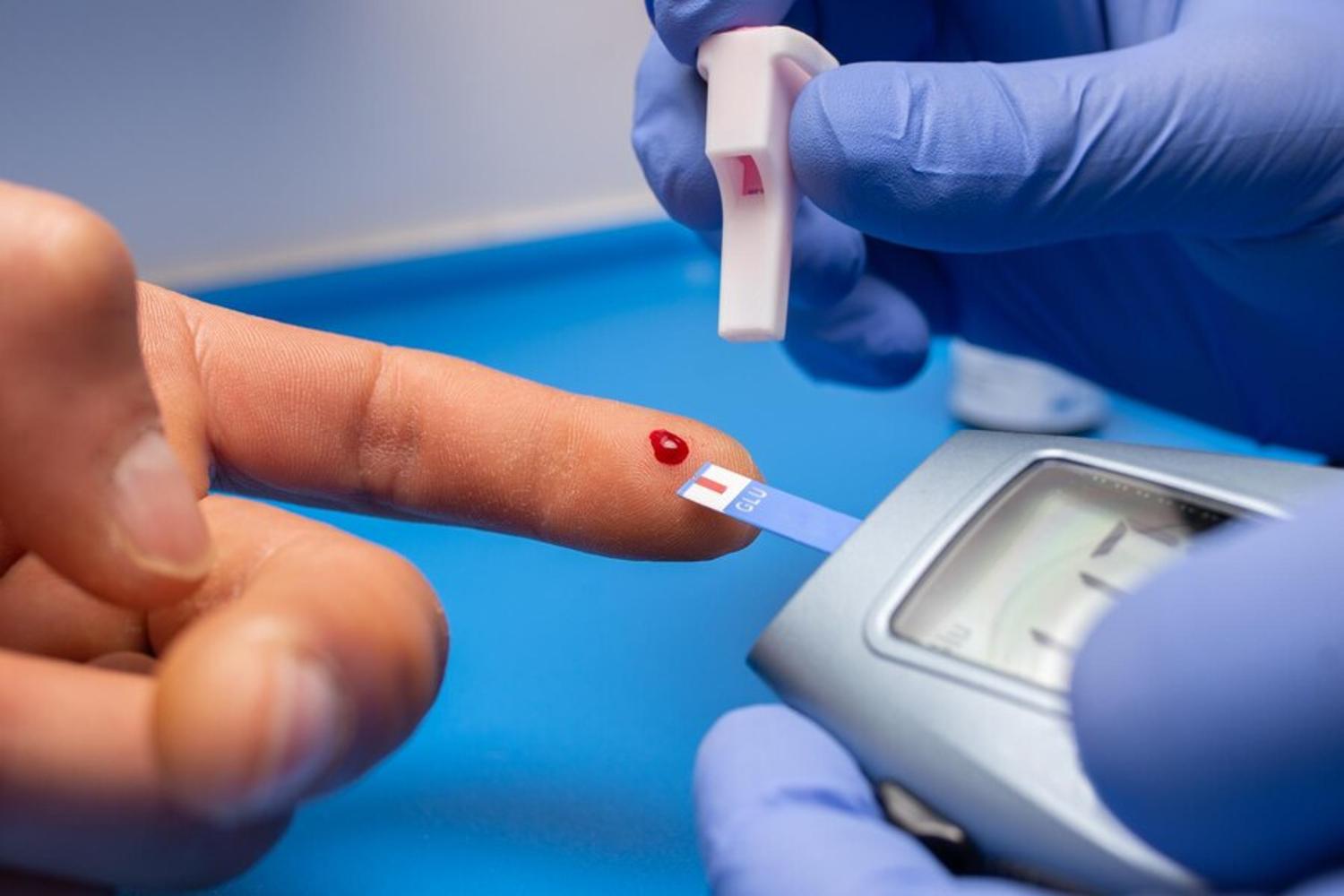
Dr. Stamler and his team at Case Western Reserve conducted an extensive study to determine how S-nitrosylation and NO affect insulin levels in the body.
They discovered a specific enzyme, SNO-CoA-assisted nitrosylase or SCAN, that plays a vital role in S-nitrosylation. The SCAN enzyme helps nitric oxide target particular proteins, including insulin receptors.
Mice With Insulin Resistance Have Extra SCAN
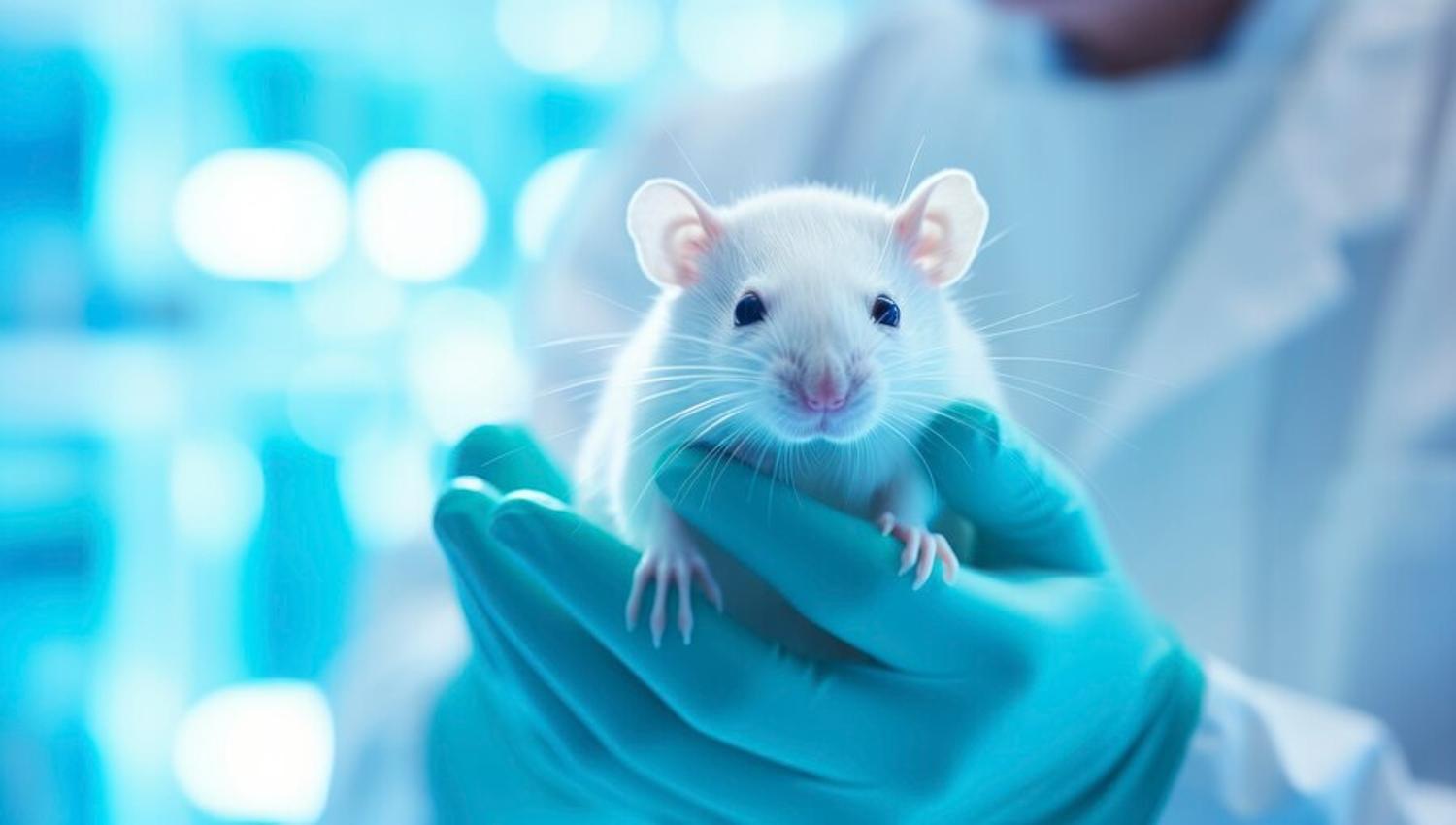
The study, which used both humans and mice as subjects, reported that mice with insulin resistance had higher levels of the SCAN enzyme than those that didn’t.
He and his colleagues also noted that when they blocked the SCAN enzymes, the mice did not show the symptoms of insulin resistance. It seemed that the S-nitrosylation could then do its job and ensure the correct amount of NO in each cell.
Type 2 Diabetes May Be the Result of Extra Nitric Acid
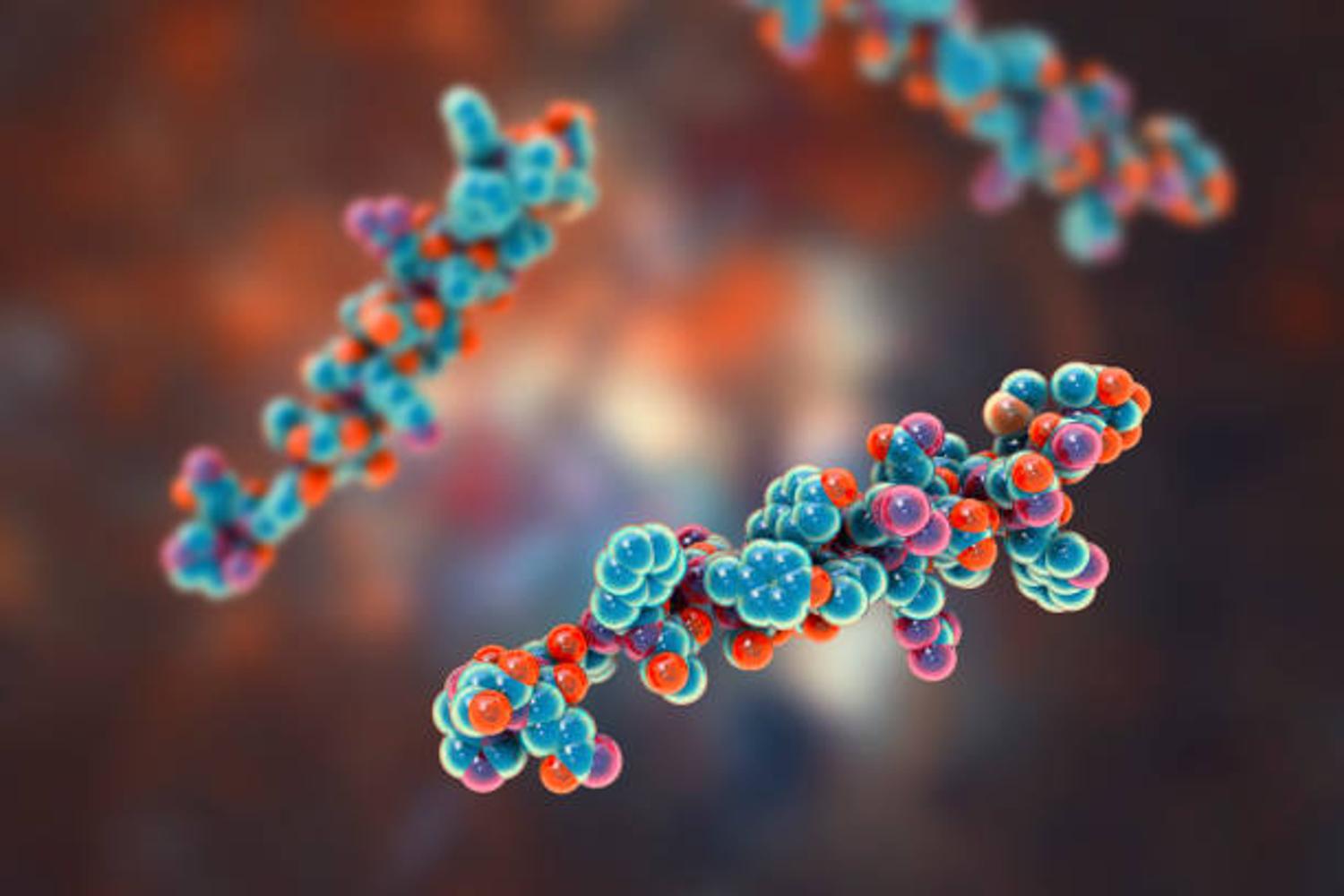
With this information, Dr. Stamler now believes that Type 2 diabetes, at least in some patients, is the result of extra NO attaching to insulin proteins.
Consequently, enzymes like SCAN, which ensure NO attaches to the correct receptors, could be used to treat those living with Type 2 diabetes to the point where they have no or very few symptoms.
The New Treatment Wouldn’t Help Those With Type 1 Diabetes
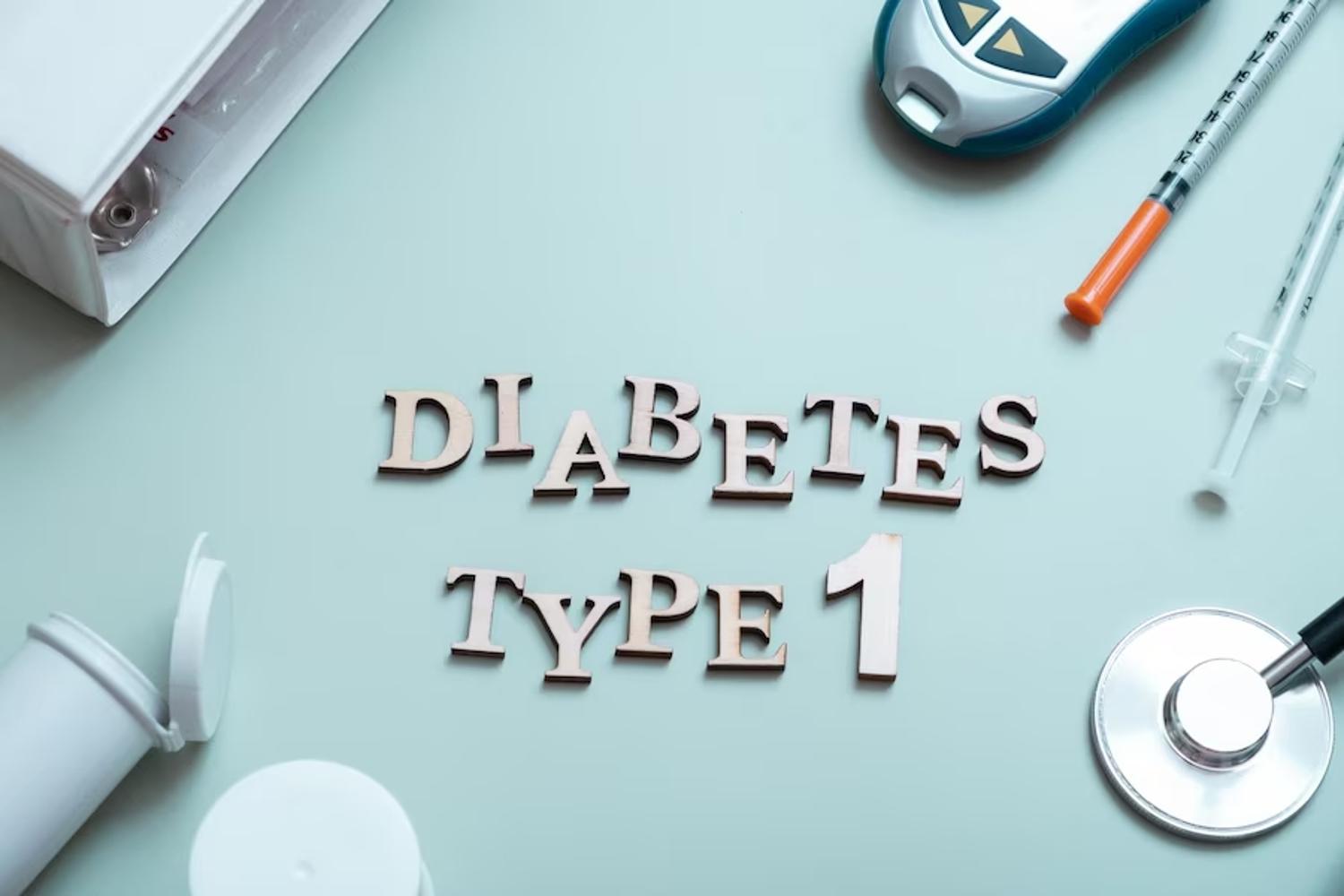
Dr. Stamler’s second discovery could change almost as many lives as his first; however, it won’t be able to help those living with Type 1 diabetes.
Unlike Type 2, Type 1 diabetes is not a dysregulation of insulin but a sheer lack of insulin production. Therefore, the enzymes could not attach NO to the insulin proteins as there aren’t any in the body.
New Treatment for Type 2 Diabetes Could Be Right Around the Corner

As with any medical discovery, a great deal more research and clinical trials need to be conducted before doctors can start prescribing this treatment to those living with Type 2 diabetes.
However, with Dr. Stamler and his team working hard to confirm their findings and create a drug that releases the enzyme to attach NO to insulin proteins, a new treatment for the widespread disease may soon be available.








































